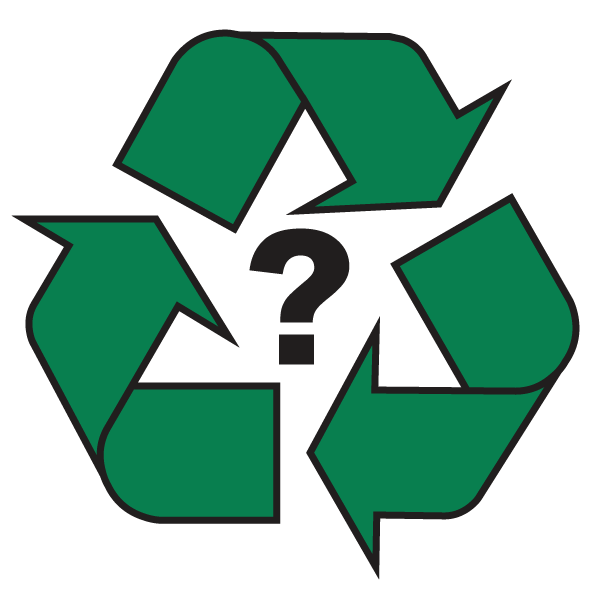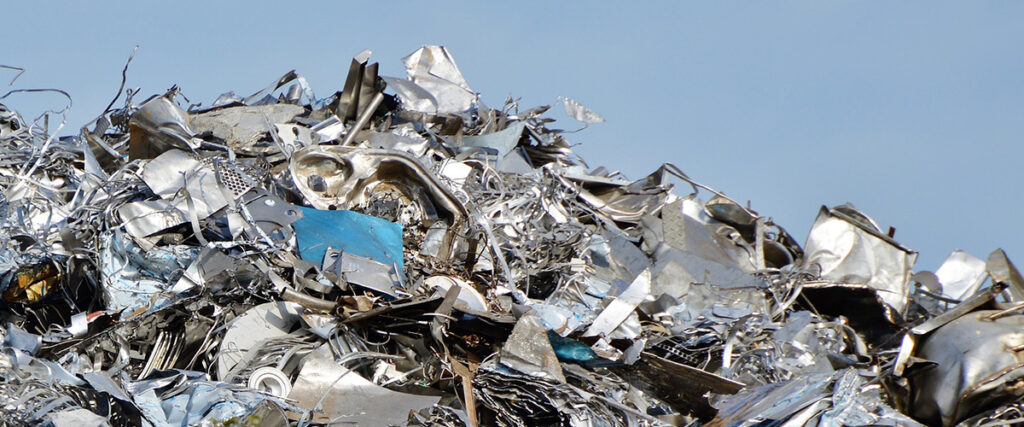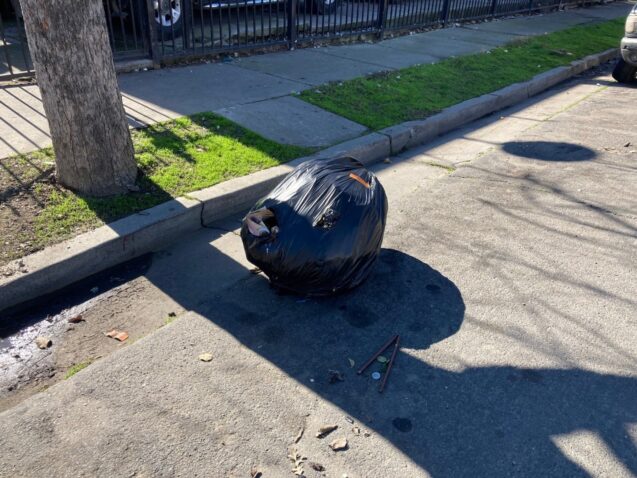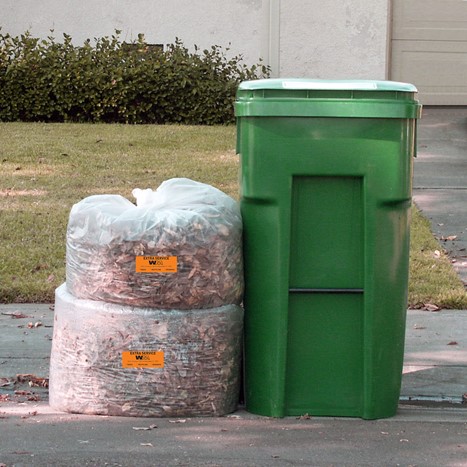

Have a tough recycling question?
We’re here to help! Ask the Experts »
Q: How do I recycle cardboard? Does it need to be broken down before being placed in the recycling? Can shiny and waxed cardboard be recycled?
A: Great questions. Yes, you should break down cardboard boxes before tossing them. Flattening the boxes makes it easier for sanitation workers and recycling facilities to handle, and they take up less space (and therefore reduce cost) as they travel to the recycling center.
However, be mindful that not all cardboard can be recycled. Cardboard that has been stained by food residue, grease, liquids, chemicals, or oil cannot be recycled. This is because grease, chemicals and oil contaminate cardboard, and can also compromise your other clean recyclables. But, if you can cut off the soiled parts, you can still recycle the unsoiled cardboard pieces.
Waxed cardboard also cannot be recycled. This type of cardboard will leave you with a waxy residue if you were to scratch it with your fingernail. Waxed cardboard is a multi-layered cardboard coated with plastic. Although it helps to keep foods fresh and prevent sogginess, waxed cardboard is an inseparable mixed material which is not recyclable.
Unlike waxed cardboard, shiny or glossy cardboard can be recycled. A good example of glossy cardboard is a typical cardboard toothpaste box. If you are having trouble determining whether you are dealing with waxed cardboard, or glossy cardboard simply give it a scratch and see if any waxy residue comes off on your fingernail.
Now that we have a better sense of what can be recycled, let’s cover breaking down boxes.How to Break Down Cardboard Boxes
- Remove and separate any extra packaging materials such as plastic foam or bubble wrap.
- Use a box cutter, knife or scissors to cut through any tape or along the edges to flatten the box as much as possible. You do not have to worry about removing tape, staples, or adhesives.
- Cut or break down until cardboard is flat and can fit into your recycling, then toss it in!









 “Dont”
“Dont” “Do”
“Do”